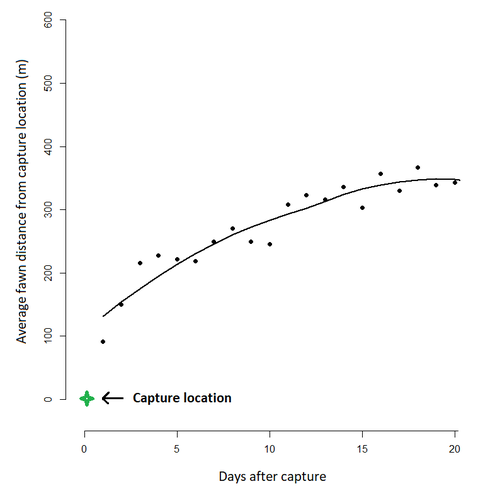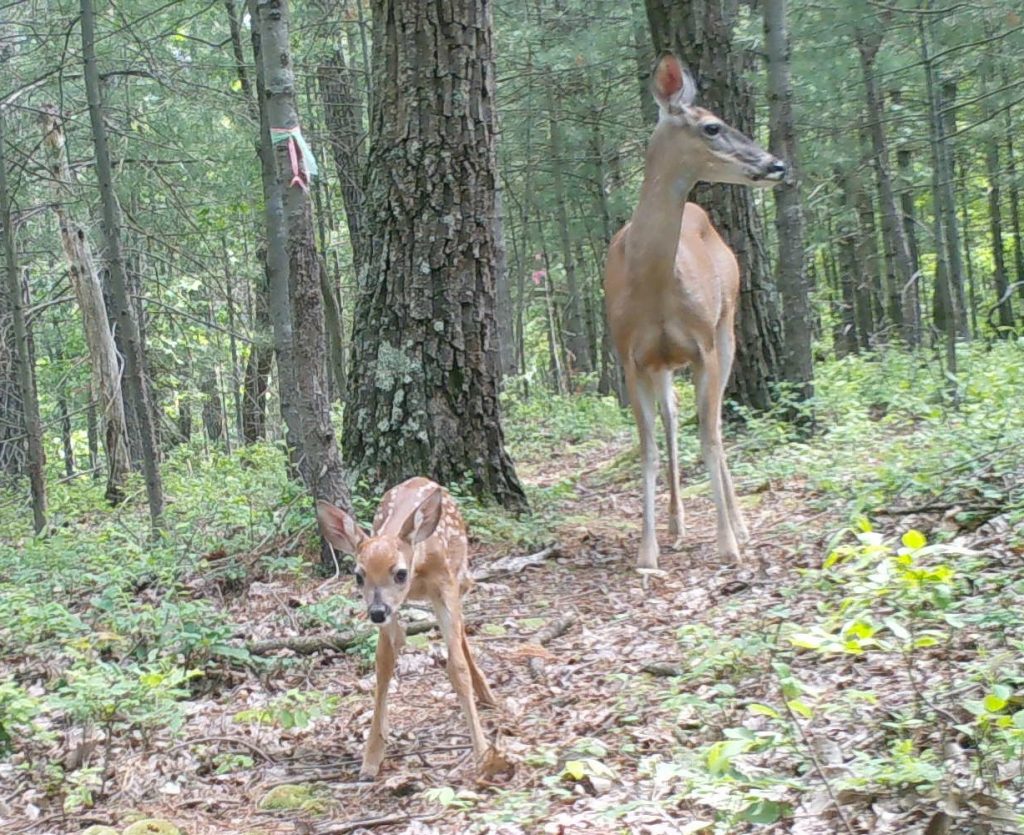Moving can be an adventure! I’ve had 4 major moves in my life. The shortest was 370 miles. The longest was over 1,200 miles. Each had their highs and lows.
Securing a new place to live, packing up and driving all your stuff to that new place, finding the grocery store, navigating new roads and highways – it’s exhausting. I often wondered if the expense (financially, physically, and emotionally) was worth the sacrifice.
After a few bumps in the road (literally and figuratively), everything usually worked out. Eventually, you stumble upon the gas station and discover the best Sushi place in town!
The same can be said of deer. Deer that move to a new place spend a lot of energy to make those movements. They must find a grocery store without a GPS or smartphone. And who knows what dangers they might face along the way. But these moves can have a big pay off if they score better food resources and bedding cover or encounter fewer predators.
Movements to new places can be especially costly for newborns. With so little energy and food stores, they can’t gamble too much on the unknown. Unless you’re kidnapped (briefly) by a giant…then maybe all bets are off.
Essentially that’s what happens to fawns when we tag and collar them. A day or 2 after being thrust out into the great big world, they are manhandled by hairless bipeds. So do fawns freak out after these interactions? Do they pack their bags and hit the road looking for that sushi place?
We looked at how far fawns moved from their capture location during the first 4 weeks of life.
On average, fawns moved about 100m from their capture location the first day! But there was a lot of variation. One fawn moved 250m away while another stayed put.

We can’t say for sure the capture event is what triggered the happy feet of these individuals that first day. Remember moving does have perks. For fawns, leaving your birth site (and the smell of blood and associated birthing material) can be a big plus. Predators have great noses. And we know some individuals just move a whole lot more than others.
Some fawns may just have a stronger “you’re not the boss of me” quality than others. Several studies suggest that individuals who make larger movements are showcasing their bold, exploratory personalities. Bold personalities may learn more quickly because they expose themselves to more new stuff. But they also spend a lot more energy to get those experiences and are exposed to more dangers – like roads.
So that begs the question – do fawns that move more have a better chance of survival or not? We really don’t know. Movement rates or movement distances have never been incorporated into models of survival because that information has never really been available. But as technology improves we might soon!
Until then, the benefits of happy feet for fawns remains a mystery.
-Tess Gingery and Jeannine Fleegle
If you would like to receive email alerts of new blog posts, subscribe here.
And Follow us on Twitter @WTDresearch
